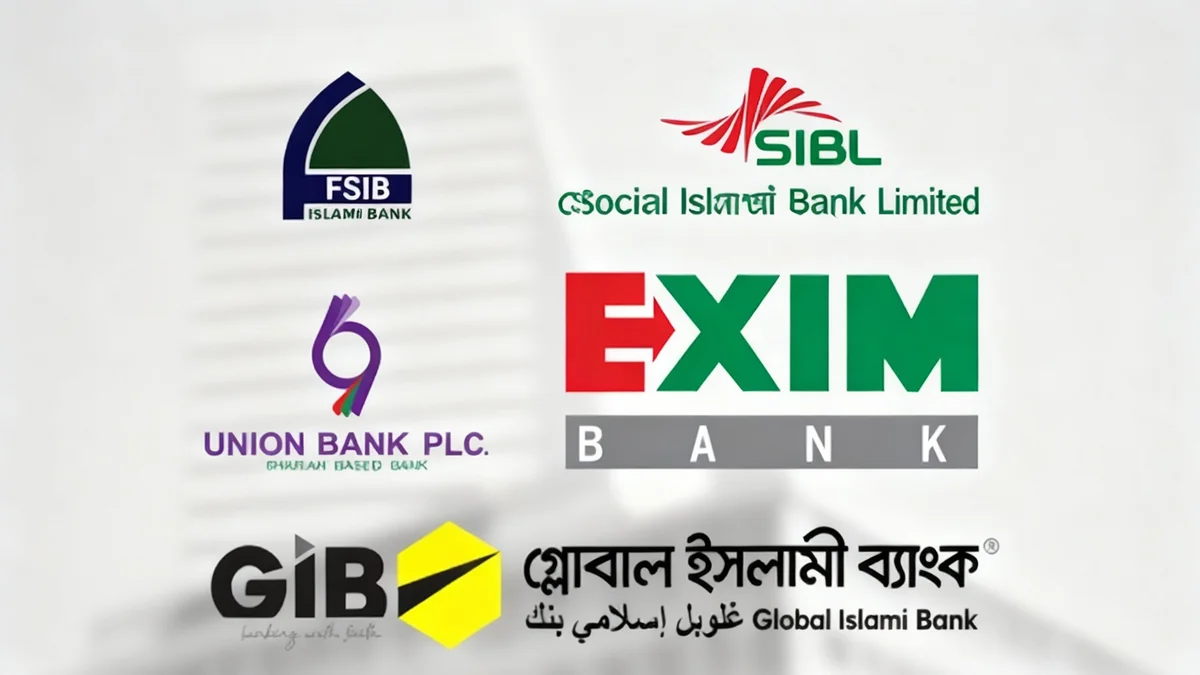Gold prices approached historic highs on Tuesday, driven by strong investor optimism, while the energy market saw a significant shift as crude oil prices fell by approximately 3%. The drop in oil followed reports that OPEC+ is considering an increase in production, introducing new supply dynamics into the global market.
In other market movements, U.S. stock indices recorded modest gains but pulled back from their daily peaks as traders monitored potential government shutdown risks. Natural gas prices moved in the opposite direction of oil, surging over 3% to challenge a key resistance level.
Key Takeaways
- Gold (XAU/USD): The precious metal tested its all-time highs, with prices rising 1.78% due to sustained bullish sentiment among traders.
- Crude Oil (WTI & Brent): Prices for both major benchmarks dropped by around 3% after OPEC+ signaled a potential increase in future oil production.
- U.S. Stock Indices: The S&P 500, Dow Jones, and NASDAQ posted slight gains, but momentum was limited by investor concerns over a possible U.S. government shutdown.
- Natural Gas: Prices climbed 3.31%, with market watchers focused on whether it can break the key resistance level of $3.34.
- Silver (XAG/USD): The metal extended its recent gains with a 1.44% increase, though some technical indicators suggest the market may be overbought.
Precious Metals Rally on Strong Investor Demand
The precious metals sector experienced a significant rally, led by gold, which came close to breaking its all-time record. The yellow metal saw its price increase by 1.78%, reflecting a strong wave of buying activity and positive market sentiment. Investors appear to be flocking to gold as a store of value amid broader market uncertainties.
Silver also performed well, continuing its recent breakout with a 1.44% gain. However, some market analysts are pointing to technical indicators, such as the Relative Strength Index (RSI), suggesting that silver might be in an overbought condition. This could signal a potential consolidation or a temporary pause in its upward trajectory in the near term.
Understanding 'Overbought' Conditions
When an asset is described as "overbought," it means its price has risen sharply and quickly, and it is trading at a level higher than its perceived intrinsic value. Technical analysts use indicators like the RSI to identify these conditions, which can sometimes precede a price correction or a period of sideways trading.
Platinum joined the rally in precious metals, posting a solid gain of 1.32%. The coordinated upward movement across gold, silver, and platinum indicates a broad-based confidence in the sector, potentially fueled by macroeconomic factors and a search for safe-haven assets.
Energy Markets Diverge as Oil and Natural Gas Move Opposite Ways
The energy sector presented a divided picture, with crude oil prices falling sharply while natural gas prices surged. Both West Texas Intermediate (WTI) and Brent crude benchmarks saw their prices decline significantly, with WTI dropping 3.04% and Brent falling 2.84%.
The primary catalyst for the sell-off in oil was news regarding the Organization of the Petroleum Exporting Countries and its allies (OPEC+). Reports emerged that the group is considering plans to increase oil supply, which would ease the tight market conditions that have supported high prices in recent months. The prospect of more barrels entering the market prompted a swift reaction from traders.
OPEC+ and Its Market Influence
OPEC+ is a group of 23 oil-exporting countries that meets regularly to decide how much crude oil to sell on the world market. Their production decisions have a direct and often immediate impact on global oil prices, as the group controls a substantial portion of the world's oil supply.
In stark contrast, natural gas prices moved higher, climbing 3.31%. This rally has brought the commodity to a critical technical juncture. Market participants are now closely watching to see if natural gas can break through the key resistance level of $3.34. A successful move above this point could signal further upward momentum for prices.
U.S. Stocks Show Limited Gains Amid Shutdown Concerns
Wall Street experienced a day of cautious optimism, with major stock indices closing in positive territory but failing to hold onto their earlier highs. The Dow Jones Industrial Average (US30) ended the session with a minimal gain of 0.01%, while the S&P 500 (SPX) rose by 0.26%. The tech-heavy NASDAQ 100 (TECH100) performed slightly better, adding 0.22%.
The market's upward momentum was tempered by growing concerns in Washington over a potential government shutdown. As lawmakers negotiate to fund government operations, the risk of a political impasse has created a sense of uncertainty for investors. This political risk factor was significant enough to cause indices to retreat from their highest levels of the trading day.
"While the underlying corporate fundamentals may be sound, external factors like a potential government shutdown often introduce short-term volatility and cause investors to adopt a more defensive posture," noted a market strategist.
The performance highlights a market that is sensitive to geopolitical and domestic political news. Traders are balancing positive economic data and corporate earnings against risks that could disrupt market stability.
Market Outlook and Key Levels to Watch
Looking ahead, traders will be monitoring several key developments across asset classes. For precious metals, the focus remains on whether gold can successfully breach its historic highs. For silver, the key question is whether it can sustain its rally or if overbought signals will lead to a price correction.
In the energy sector, all eyes will be on the next official communication from OPEC+ regarding its production policy. Any confirmation of a supply increase could put further downward pressure on oil prices. For natural gas, the $3.34 resistance level is the most critical price point to watch.
Finally, U.S. equity markets will likely remain influenced by the ongoing budget negotiations in Washington. A resolution would likely be met with relief and could provide a catalyst for a stronger rally, while a prolonged stalemate could lead to increased market volatility and a pullback in stock prices.





